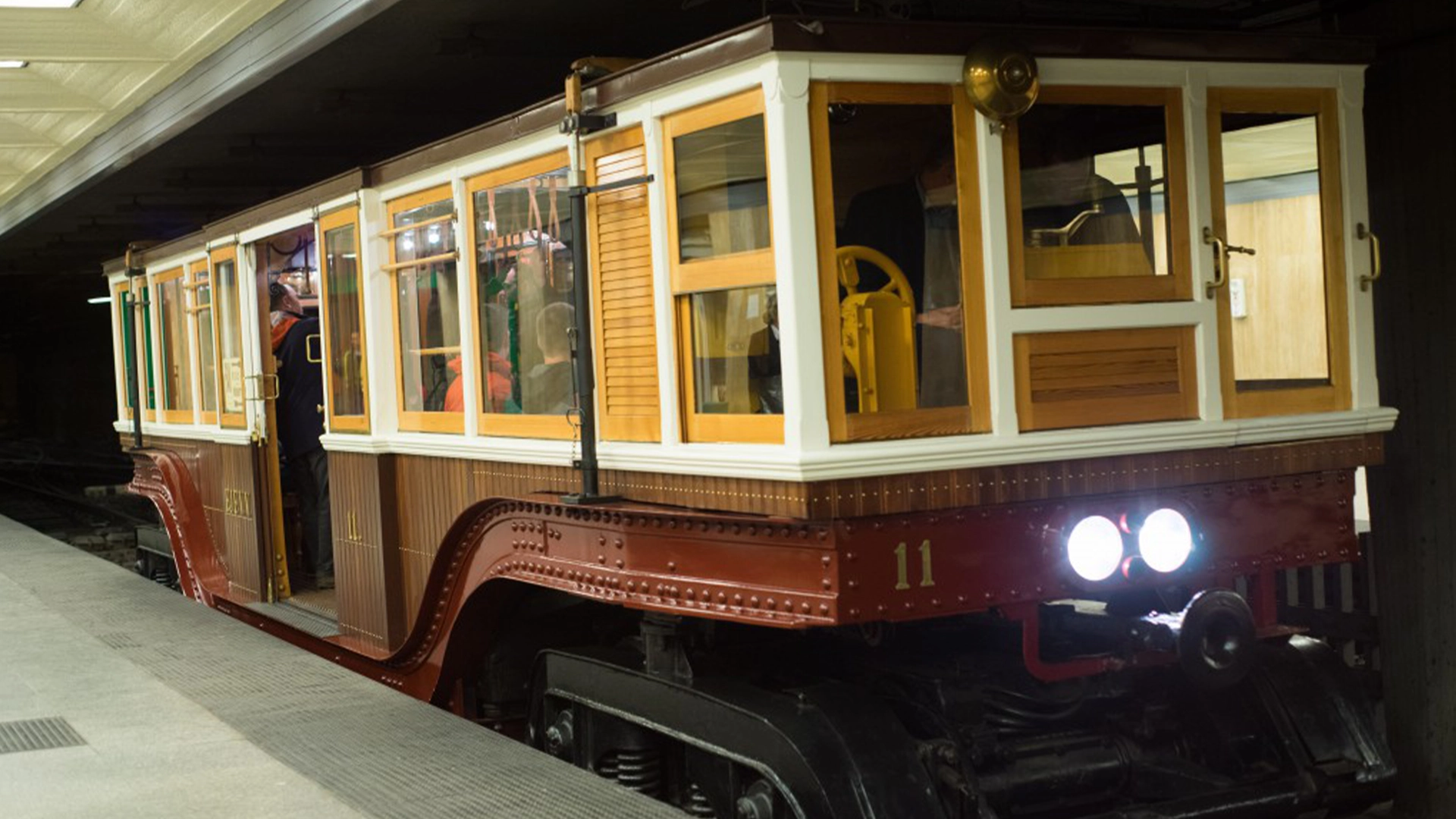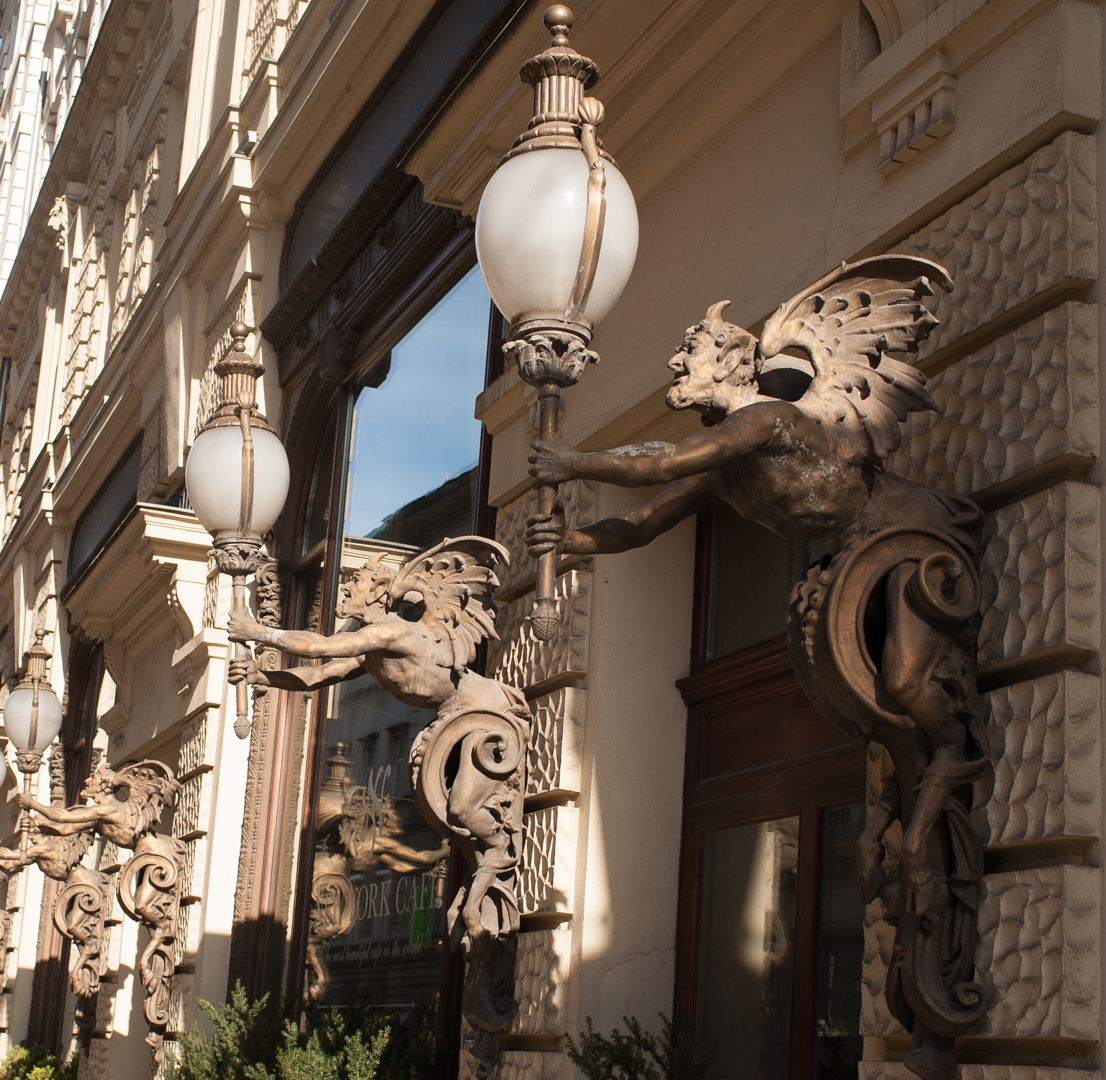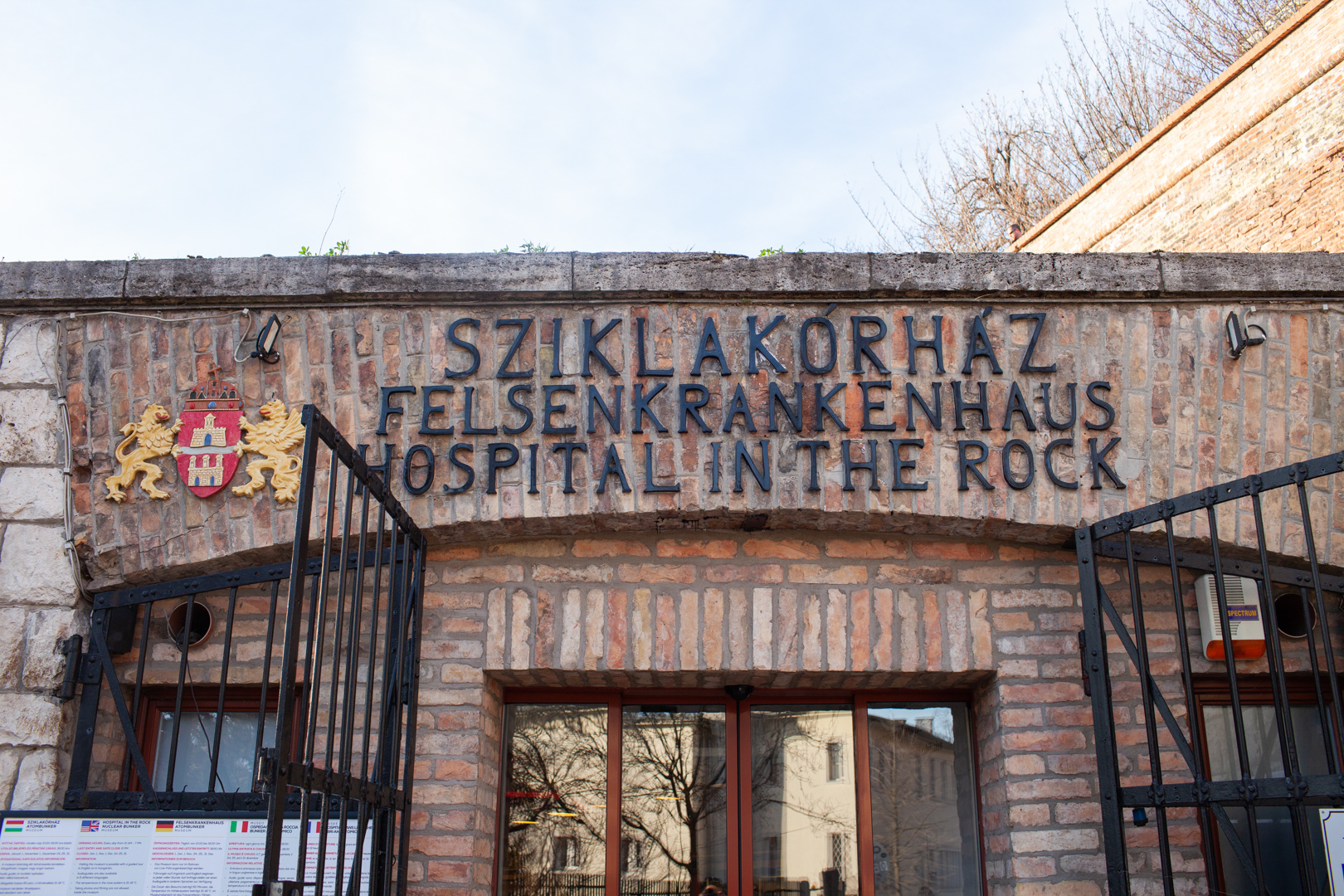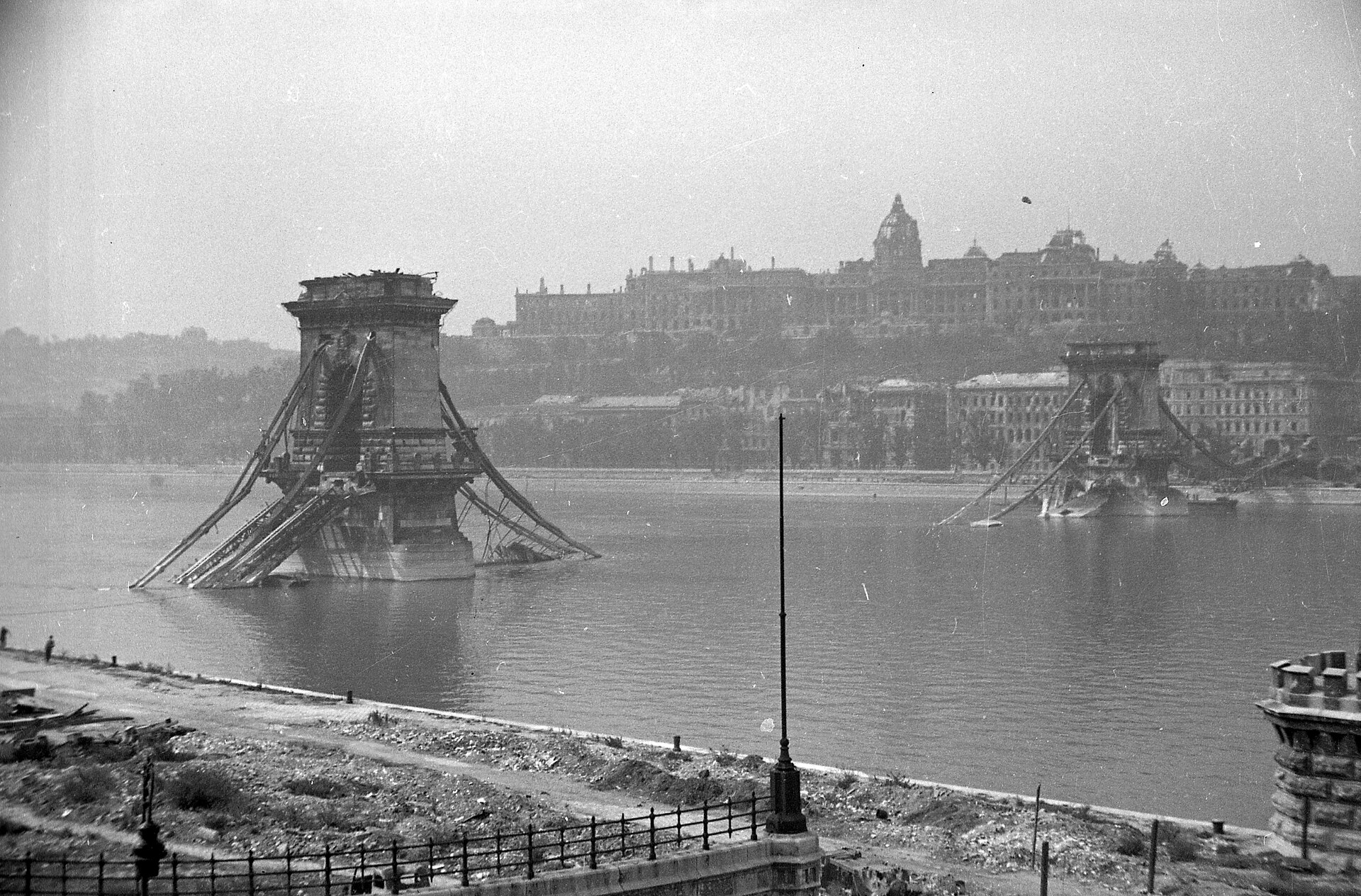
Budapest’s new museum in Városliget
“The Collector’s House” stands as Budapest’s newest private museum, nestled within the historic Kőrössy Mansion on Városliget Wooden Row ( Városligeti fasor). Since its

This brought about the idea to build a railroad beneath it.The first underground line was conceived as a means of carrying passengers from the city centre to the City Park without the need for surface transport on Andrássy Avenue.The Diet of Hungary approved the metro project in 1870.
Construction began in 1894 and was carried out by the German firm Siemens & Halske AG, employing 2,000 workers using state-of-the-art machinery.
The line was built entirely from the surface using the cut-and-cover method. Completed on schedule, the iconic line was inaugurated on May 2, 1896 (the year of the thousand anniversary of the arrival of the Magyars) by Emperor Franz Joseph.
It is the oldest electrified underground railway system on the European continent and the second oldest electrically operated line in the world.
After their ride by the Undreground they wrote their names with a golden pen into the memorial book of the underground.The fare on the Millenium Underground was 20 fillér when it was opened.The coins had to be inserted into slot machines.Fare dodging was not possible because the magnetic power of the slot machines threw the false coins back.Probably it did not function so well because the slot machine were removed after a week!
Hungary was part of the Austro-Hungarian empire until 1918. It then used the left side for driving.Right-hand traffic was usual in most of European countries since the 1930.For international conformance reasons our government later decided about the change to the right side in 1941.It is a unique case in traffic history that the Millenium Underground kept to left until 1972.
It became widely known by the name Millenium Underground after the opening of the second metroline( red line) in 1970. Most hungarians call it by the colloquial language as „kisföldalatti” literally little underground or just sárga(yellow)line.
Two surface station was closed down near the Zoo and the Artesian bath ( Széchenyi bath).There are suggestions to lengthen the recent line to Vigadó tér (the tunnels still exist there from 1896 ) which can be good connection to the Tram 2 panoramic tramline along the Danube and also a good point to embark any of the cruises for sightseeing on the Danube.

“The Collector’s House” stands as Budapest’s newest private museum, nestled within the historic Kőrössy Mansion on Városliget Wooden Row ( Városligeti fasor). Since its

Budapest, the capital city of Hungary, is renowned for its rich history, stunning architecture, and vibrant culture. Among its many treasures, the New York Café

Castle Hill which is part of the Unesco World Heritage Danube waterfront, and one of the most visited sites in Budapest conceals a system of

The Siege of Budapest in 1944-1945 is considered one of the bloodiest and cruelest battles of WWII.It can only be compared with that of Stalingrad
Contact me!
Follow me on social media!
Privacy Policy